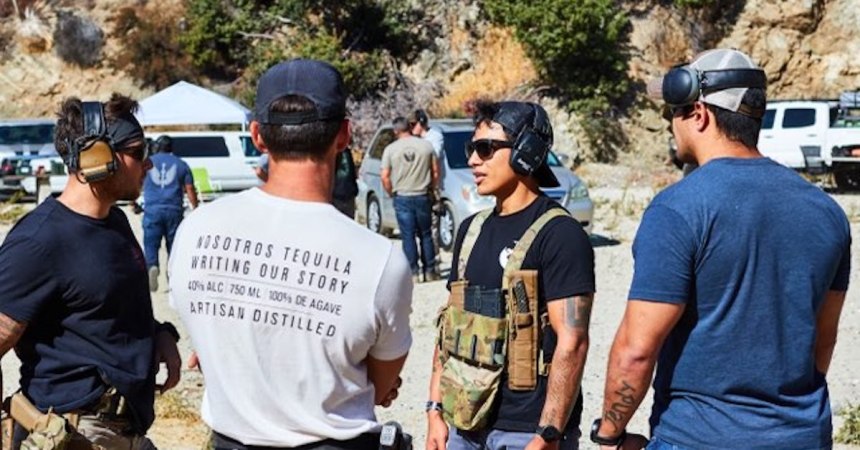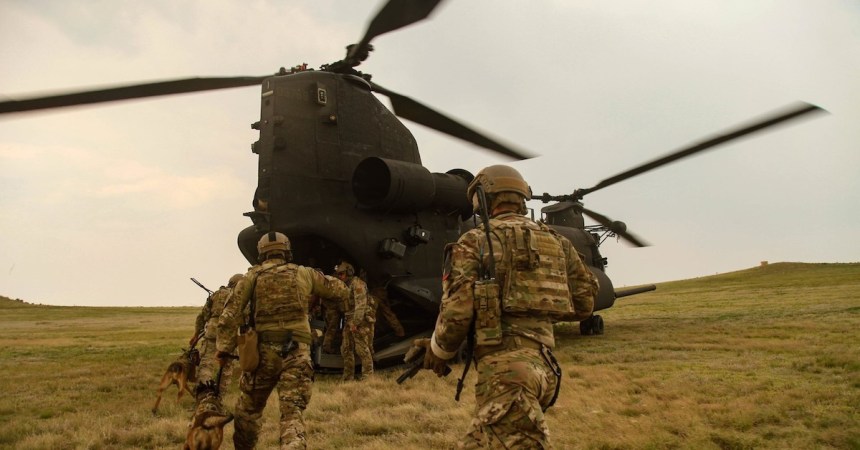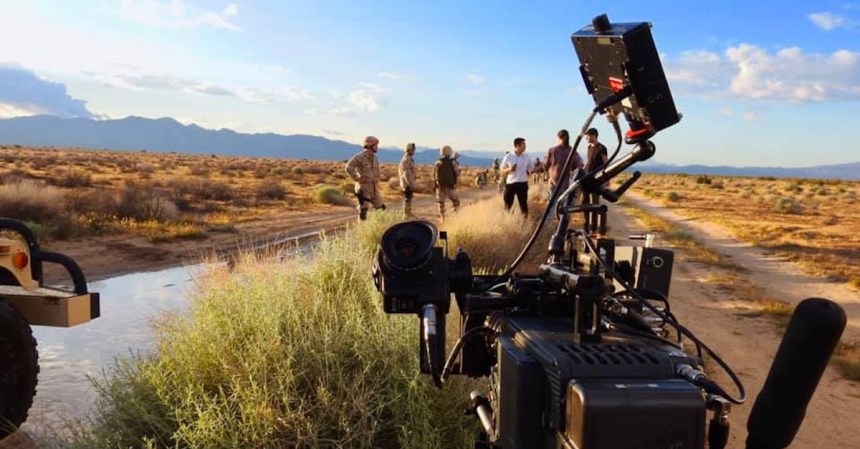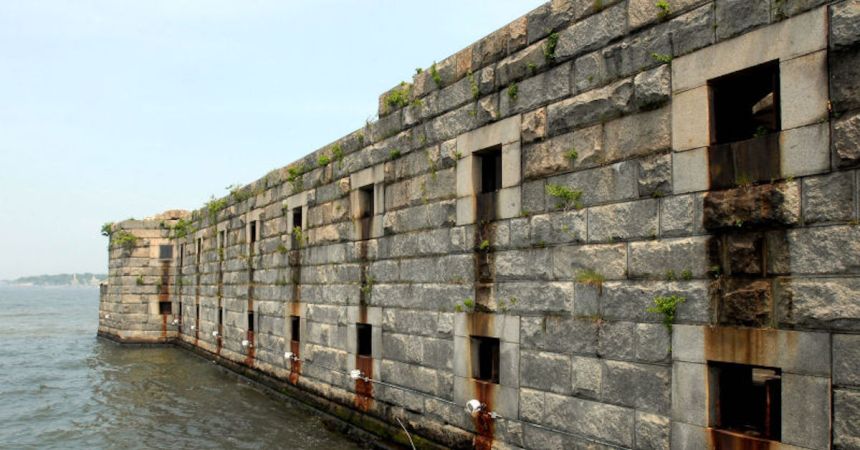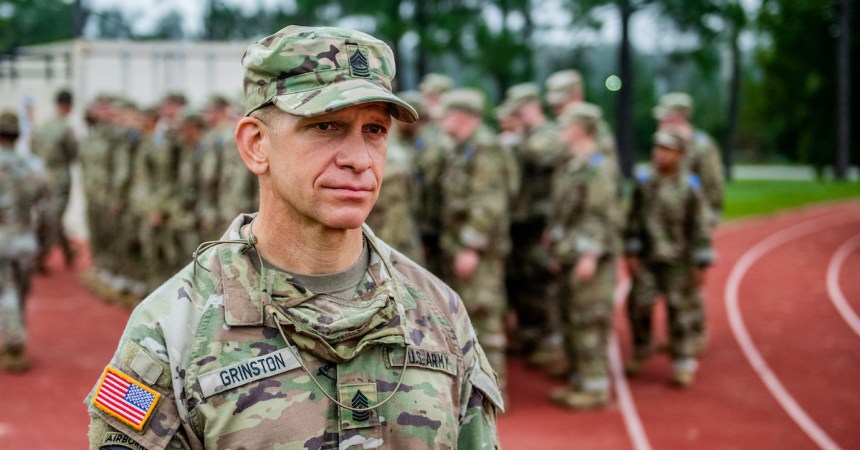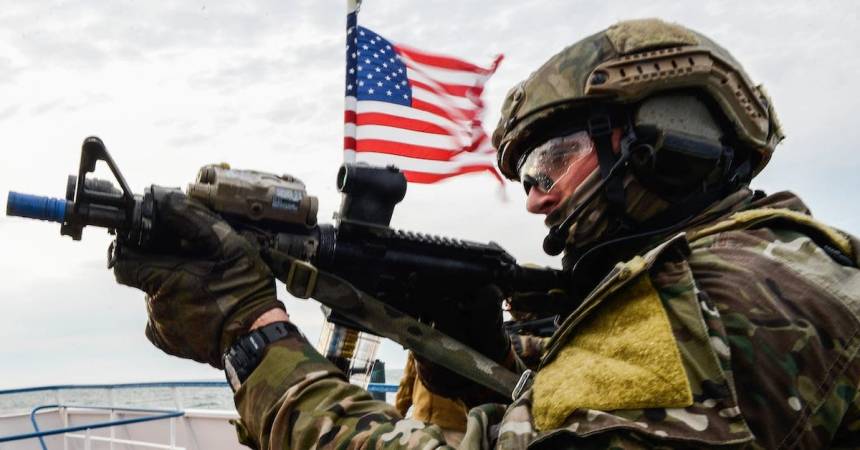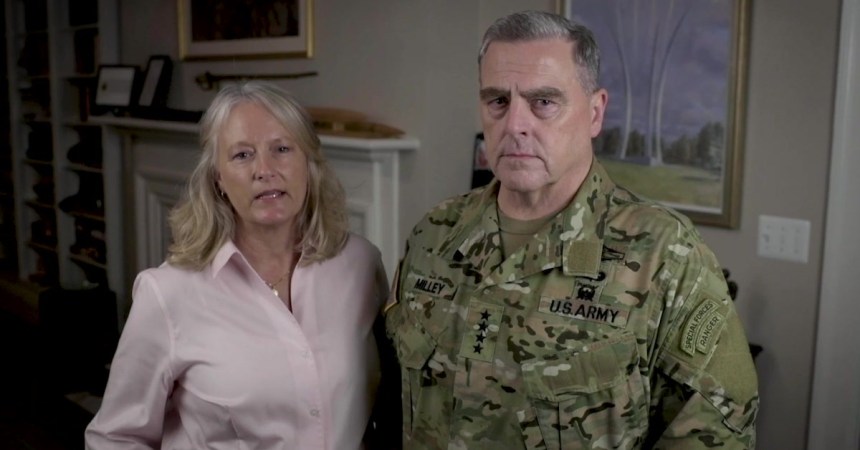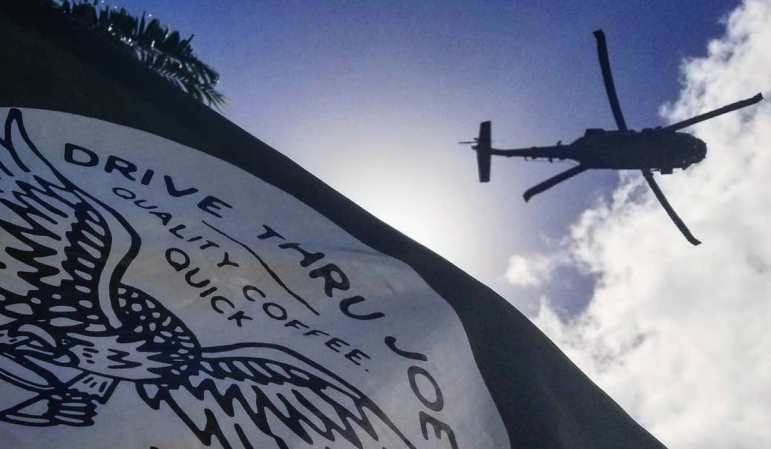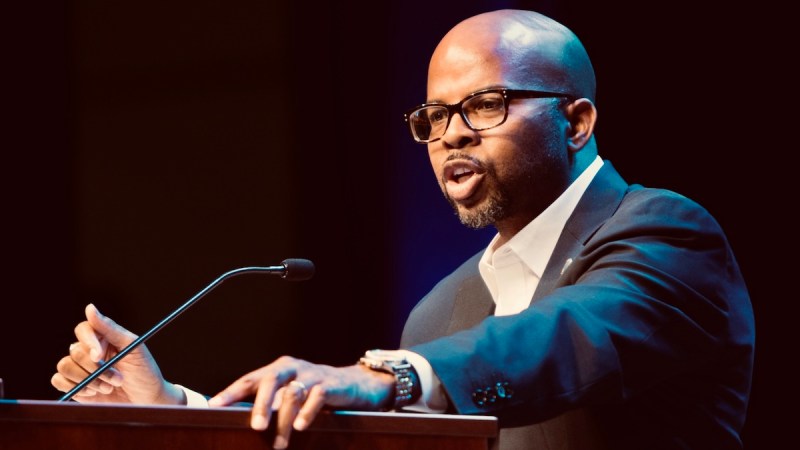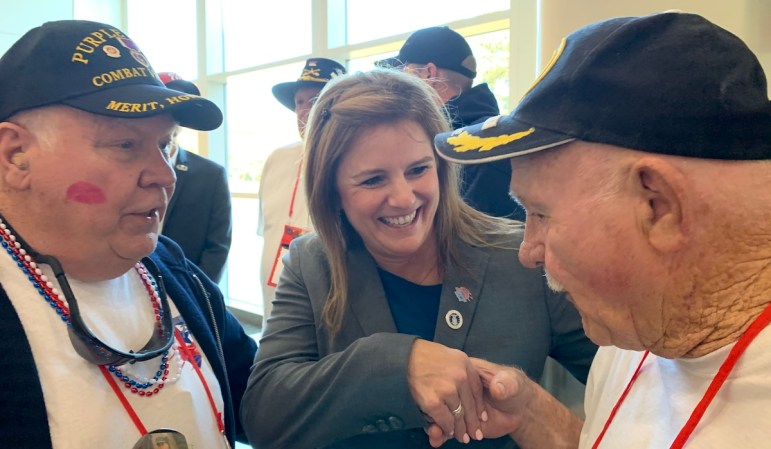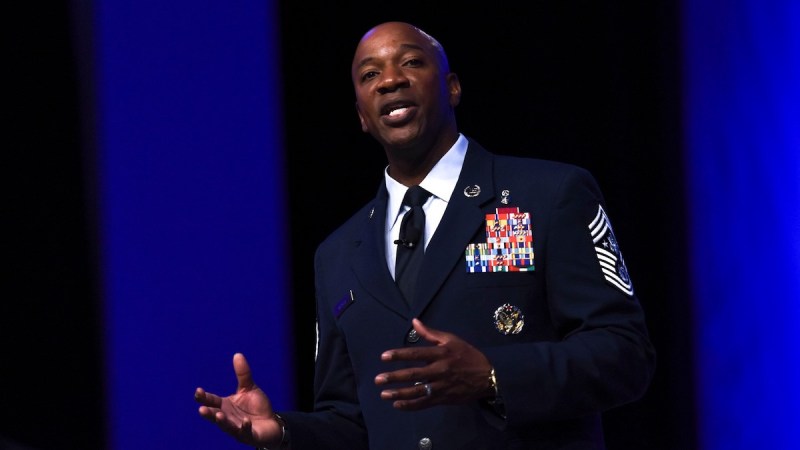On February 28, 1993, a standoff between federal agents and an offshoot branch of Seventh-Day Adventists escalated into armed conflict on American soil. Agents from the Bureau of Alcohol, Tobacco and Firearms raided the Branch Davidian compound near Waco, Texas, in an effort to execute a legal search warrant.
Once the shooting started, four agents and six Davidians were dead. The ensuing standoff would last 51 days. The conspiracy theories would live forever.
By March 11, there was a new sheriff in town – that is to say, a new top law enforcement officer was at the desk of Attorney General.
For Janet Reno — the first female to hold top cop job — one of the first tasks was a literal trial by fire: how to handle the ultimate hand of “Texas Hold ‘Em” happening down Waco way.

Related: This is how the US military would put down an armed rebellion
There are two segments to the Waco standoff, sadly bookended by violence. The first was the ATF raid for the initial search warrant. President Clinton was inaugurated the previous January, creating a transition period for many departments of the federal government. The Department of Justice was in what it called “caretaker mode” before a new AG could be appointed. For much of the time after the February raid, it was assumed by many that the FBI would negotiate a resolution with the Davidians, so that’s what the caretakers – senior justice department officials – did.

The second major event came when the Attorney General’s office ordered a full-on storming of the compound by the FBI on April 19th. For the 51 days in between, FBI negotiators tried to end the siege peacefully — and came close a few times. It was when Davidian leader David Koresh proclaimed that God told him to remain inside the compound that factions within the FBI began to advocate for an assault. The Davidians made a number of demands, to a mixed reception by the FBI.
Though some children inside the compound were released to the care of the FBI, there were still children inside the Davidian compound. Allegations of child sexual assault prompted many to wonder why the government forces allowed the standoff to continue. Acting Attorney General Stuart Gerson, a holdover from the Bush Administration, requested military firepower from nearby Fort Hood. When President Clinton was informed, he demanded that Gerson not use the requested military vehicles for a “more aggressive” tactical push.
Federal forces used Bradley Armored Fighting Vehicles and M728 Combat Engineer Vehicles to destroy perimeter fences and structures and to destroy the cars of people on the compound. Troops around the area also had 2 M1A1 Abrams Tanks. The feds used loud music, pre-recorded aircraft noise, and even the sounds of slaughtered rabbits to deprive the Davidians of sleep while cutting water, power, and communications to the compound. Koresh reportedly began to believe he was the second coming of Christ.
As incoming Attorney General, Reno was briefed about the Waco Siege situation on March 12. By April 18, she was informing President Clinton that she authorized the FBI’s use of tear gas on the compound. With the assurance that the children in the compound were protected, he left it to Reno to decide the next steps. The FBI planned the assault for 0700.
On April 19th, agents from the FBI and ATF, as well as troops from the U.S. Army and Texas National Guard, were authorized by Clinton to assault the compound. Reno told the president the risk of abused children inside was high while the siege was costing the government upward of $1 million per week.
Federal forces used the CEVs, .50 cal machine guns, and explosives to punch holes in the walls of the compound. The area was then saturated with tear gas in an attempt to flush the Davidians out. The people inside the complex responded by firing on the CEVs. The federal forces maintained they never returned a shot. For six hours the Davidians held out.
But fire is what ultimately ended the Waco siege.

Three fires began at separate locations within the building at about noon local time. Nine people escaped the blaze, but 76 died inside the walls. The government forces maintain the fires were started by the Davidians in the compound while those who escape claim the fires were a result of the assault. According to an official Justice Department report, poor construction, high winds, and the holes created by the government attack helped vent the fire and contribute to its fast spread.
Time Magazine reported that 12 autopsies found Davidians who died from bullet wounds to the head, “indicating either suicide or murder.” Koresh was killed by his right-hand man during the Waco siege, who then turned the gun on himself.
“I’m accountable,” Time Magazine reported Reno as saying on April 19, 1993. “The buck stops with me.”
After all was said and done, the original ATF warrant was founded in fact. The Justice Department reported they recovered a number of illegal weapons from the compound, including 1.9 million rounds of spent ammunition, 20 fully automatic AK-47 assault rifles, 12 fully automatic AR-15 assault rifles, at least two .50 caliber semi-automatic rifles, and anti-tank armor-piercing ammunition.



